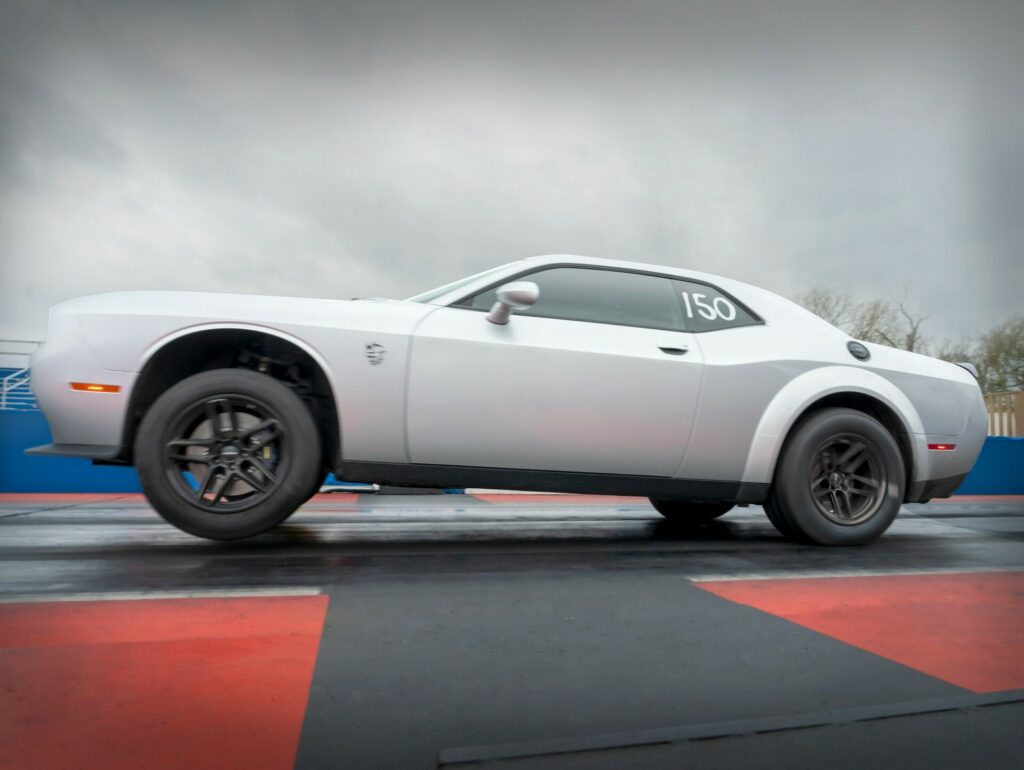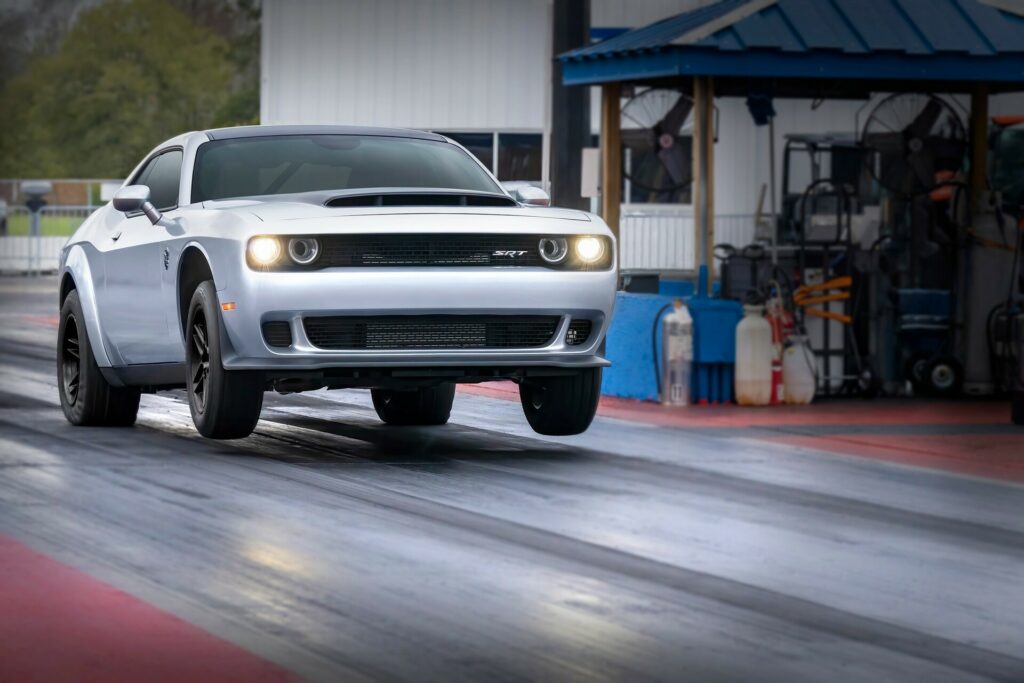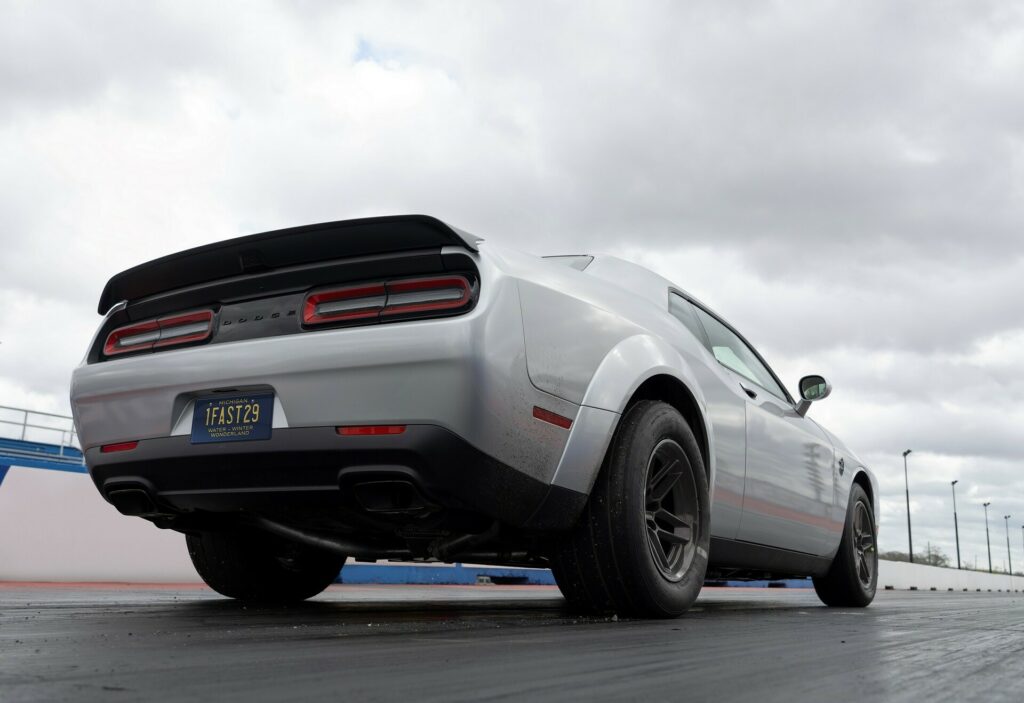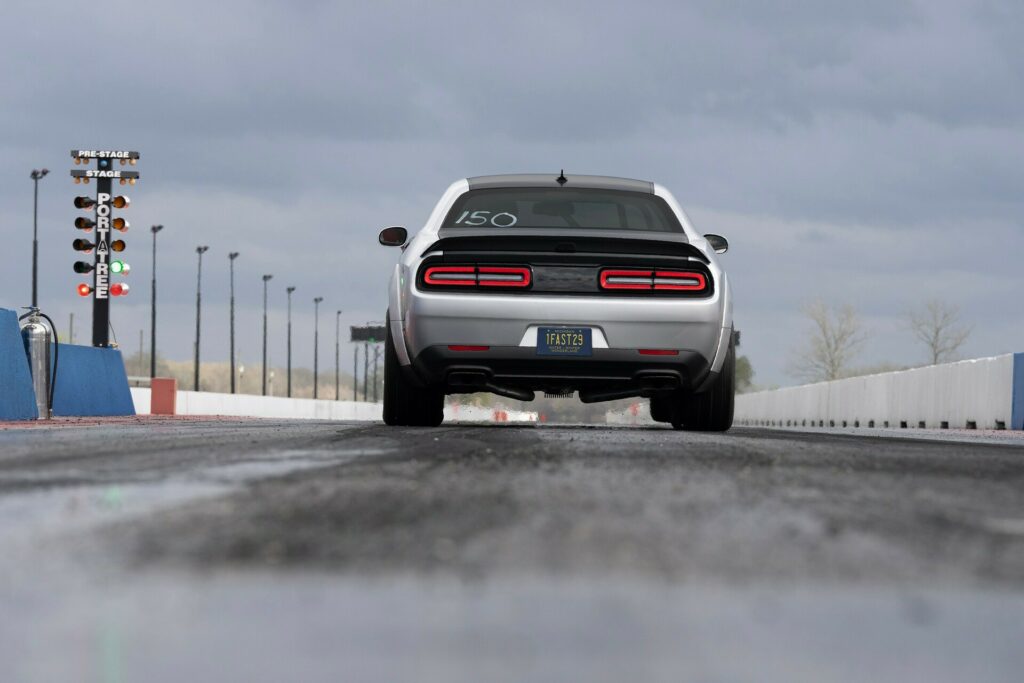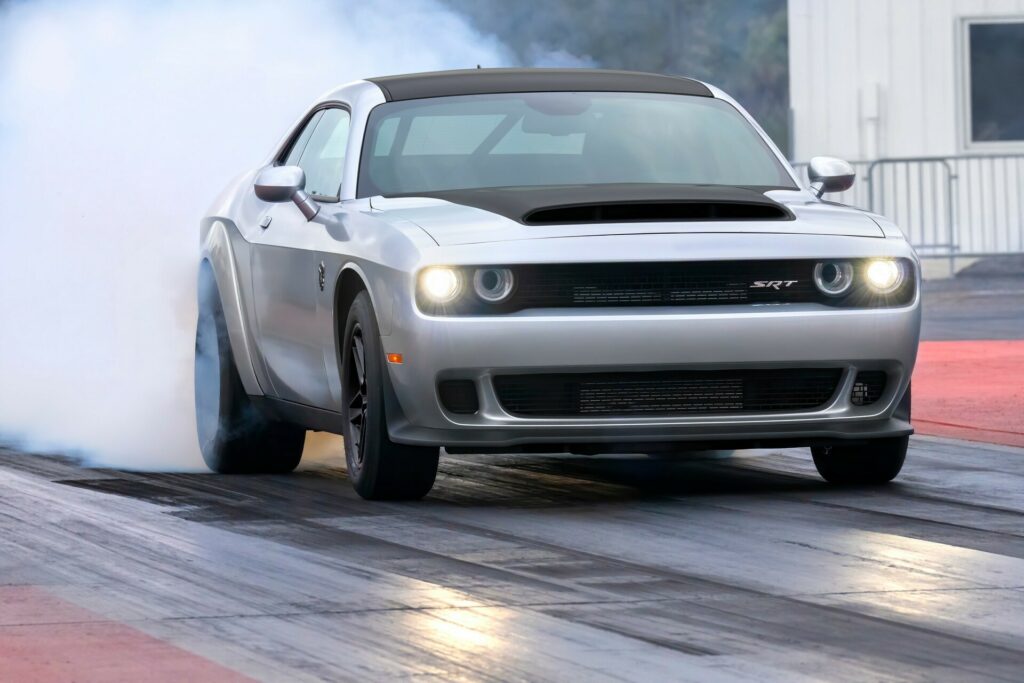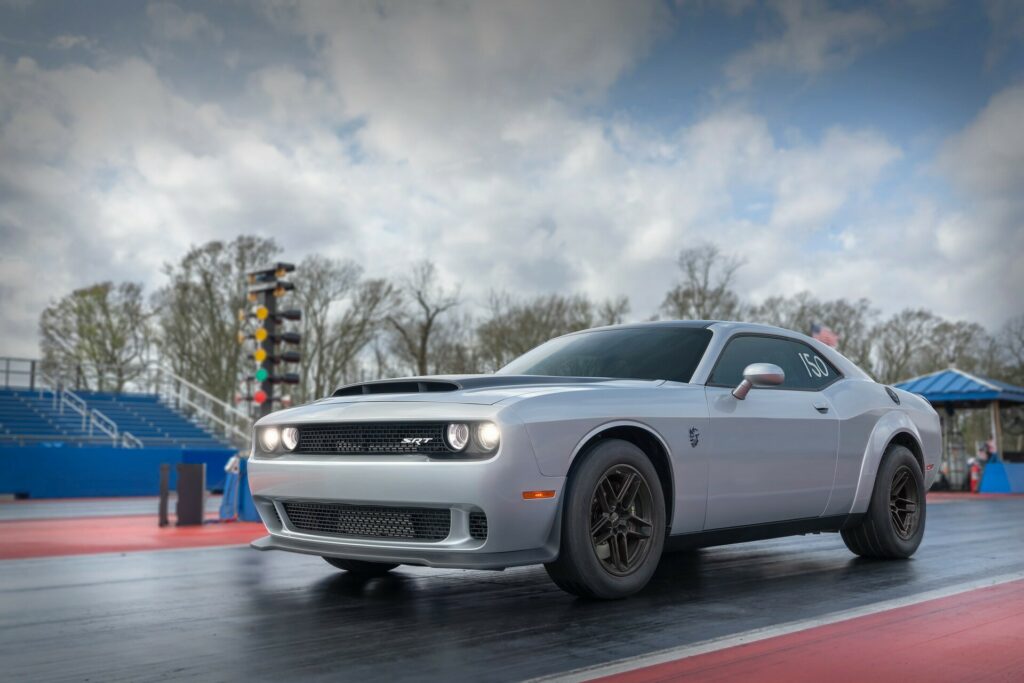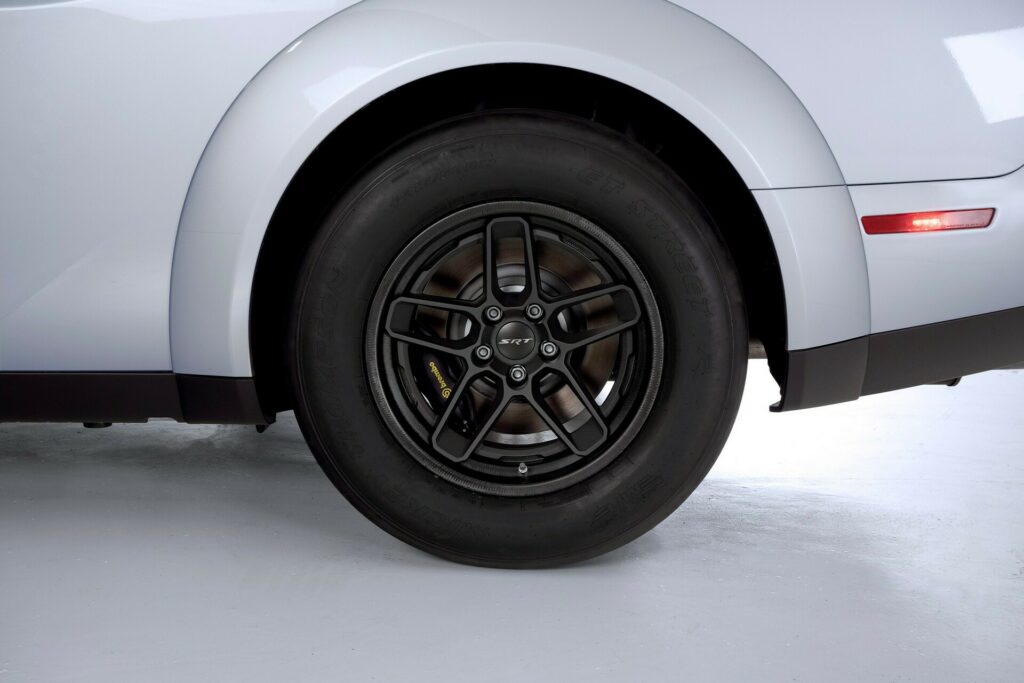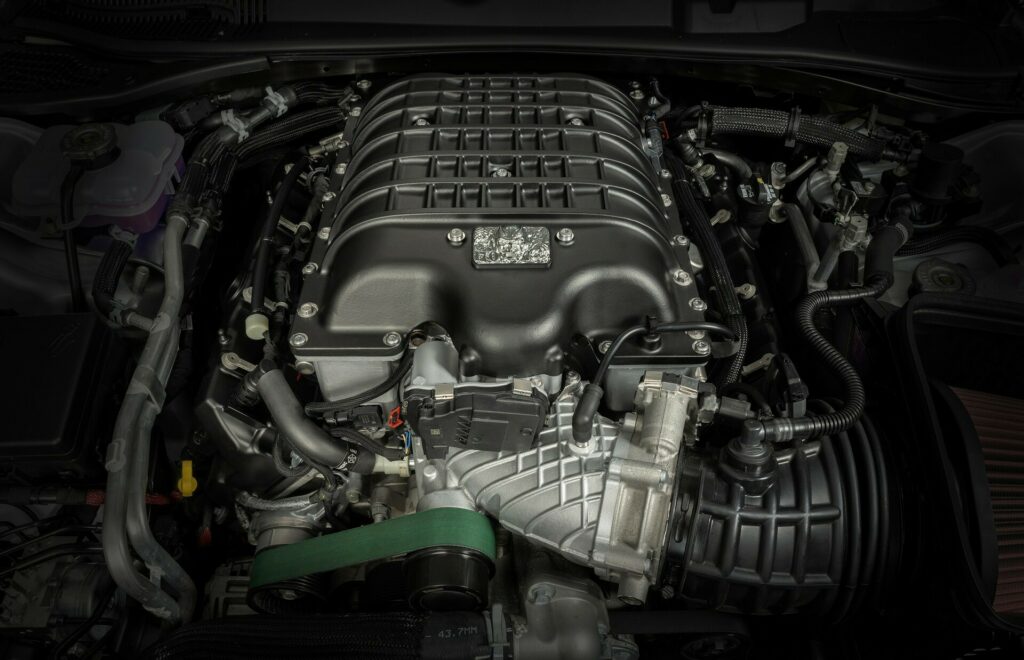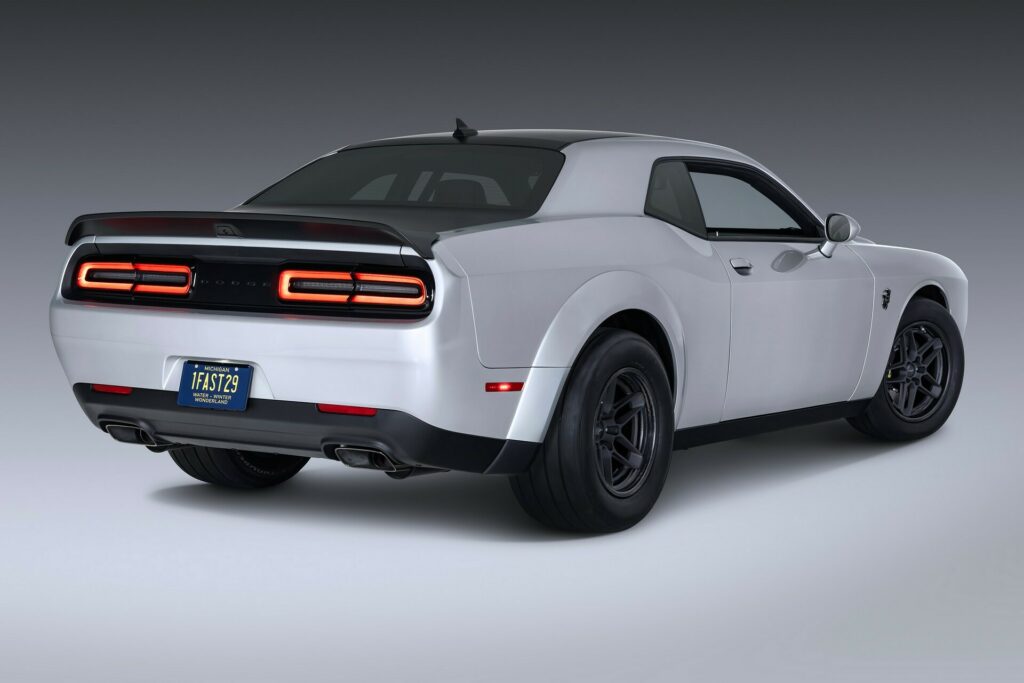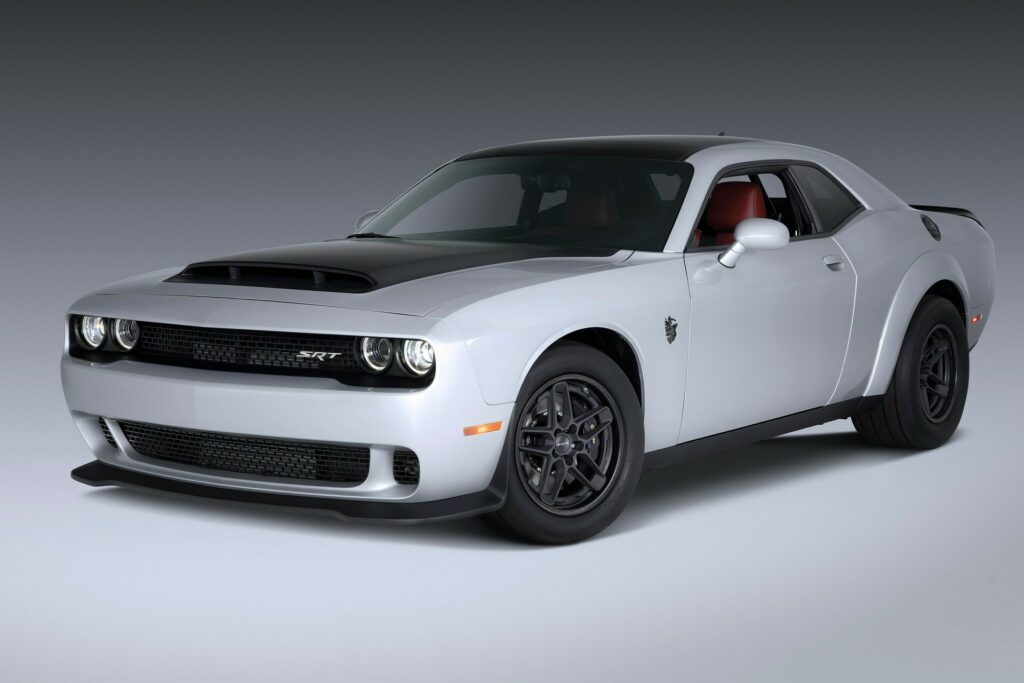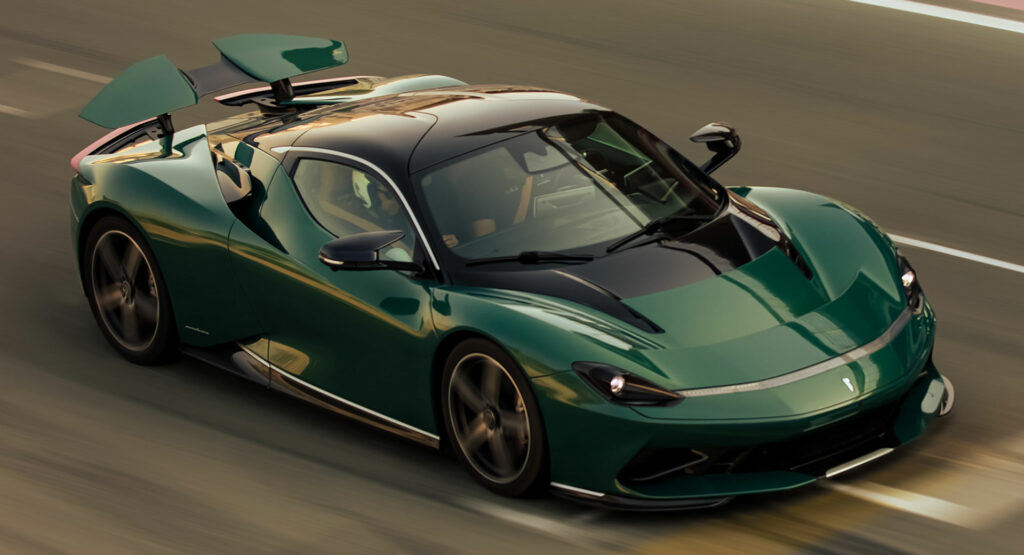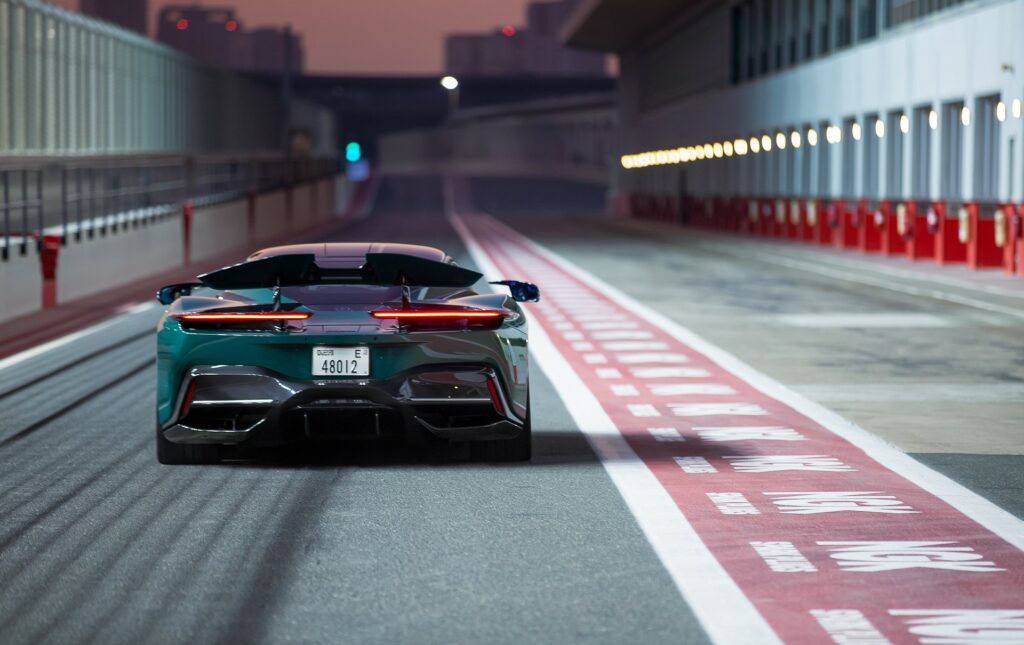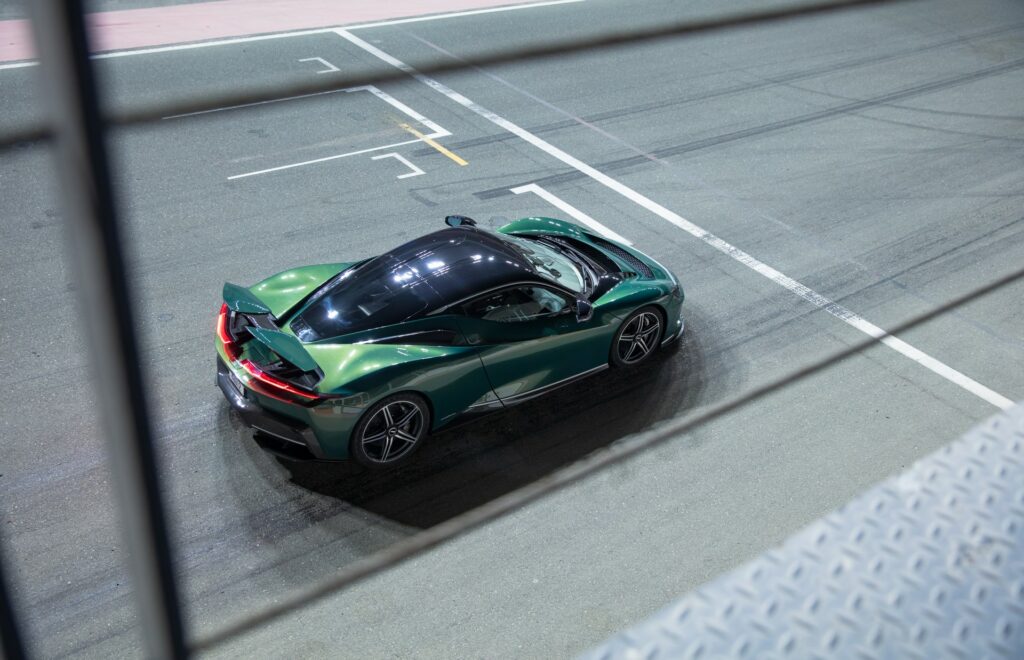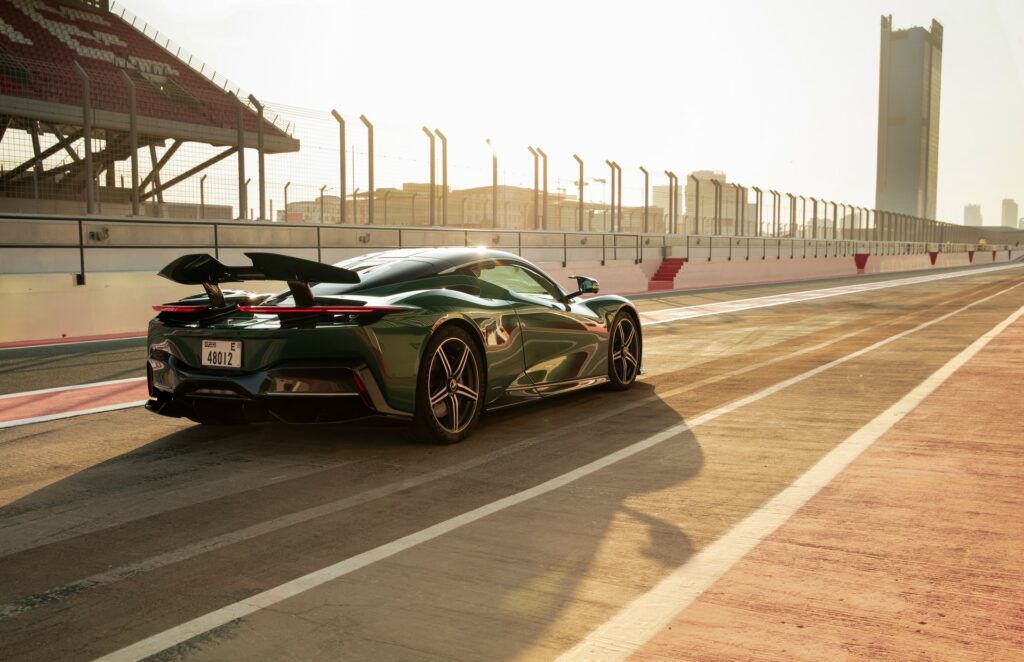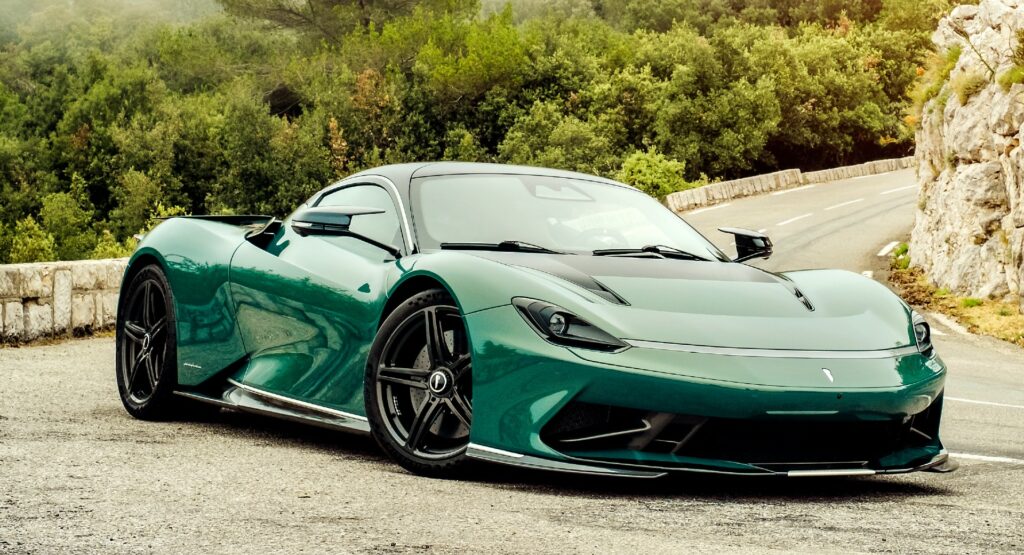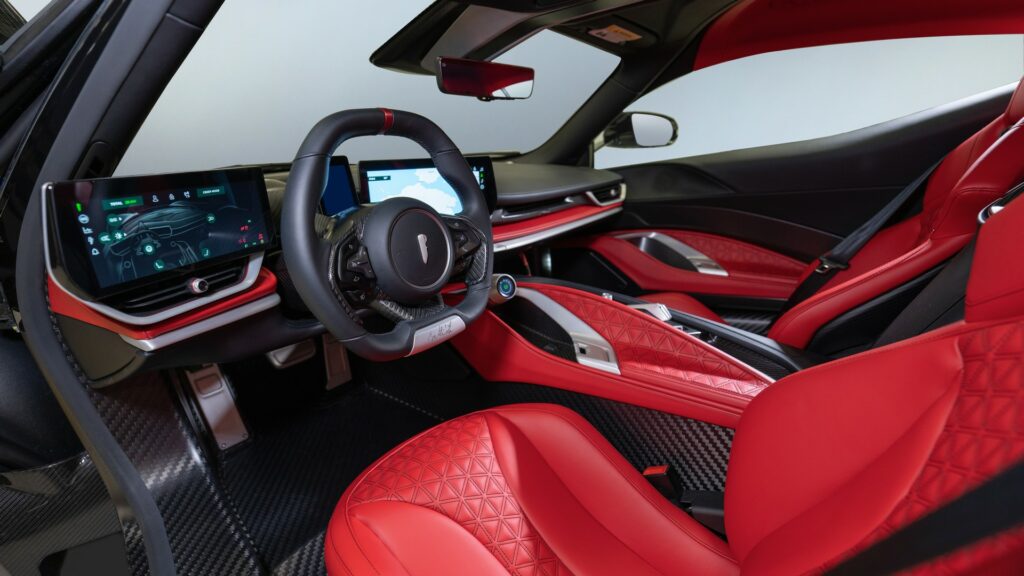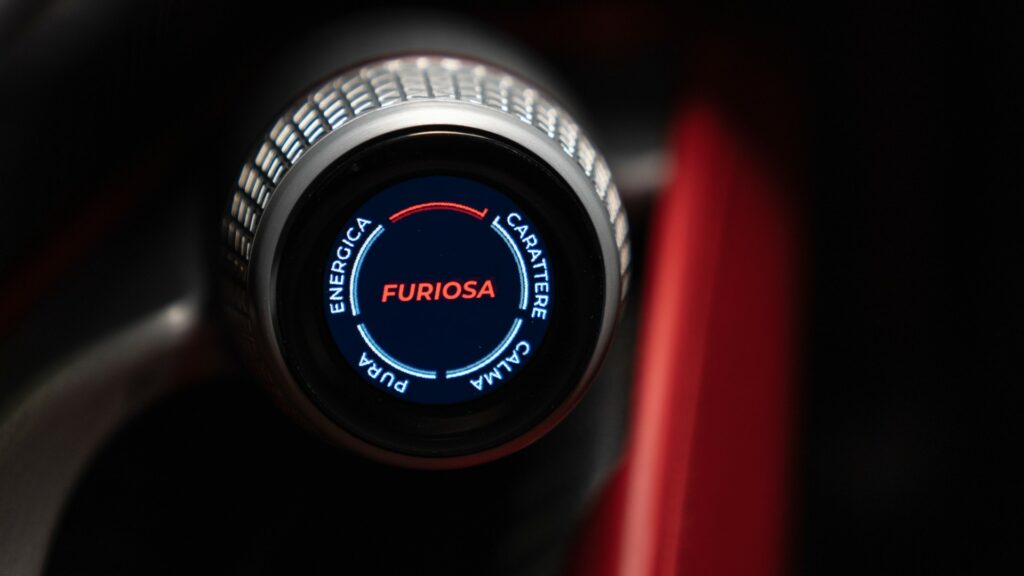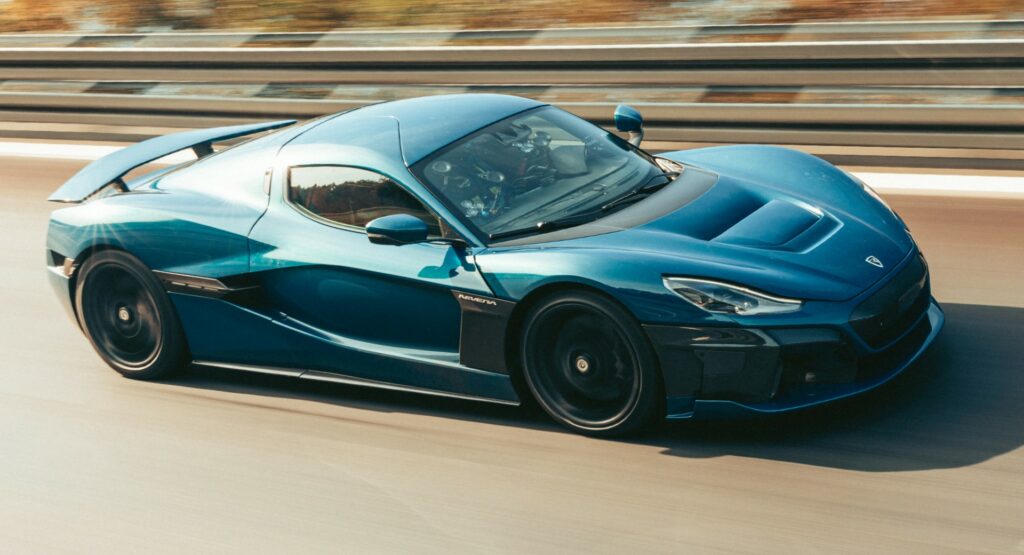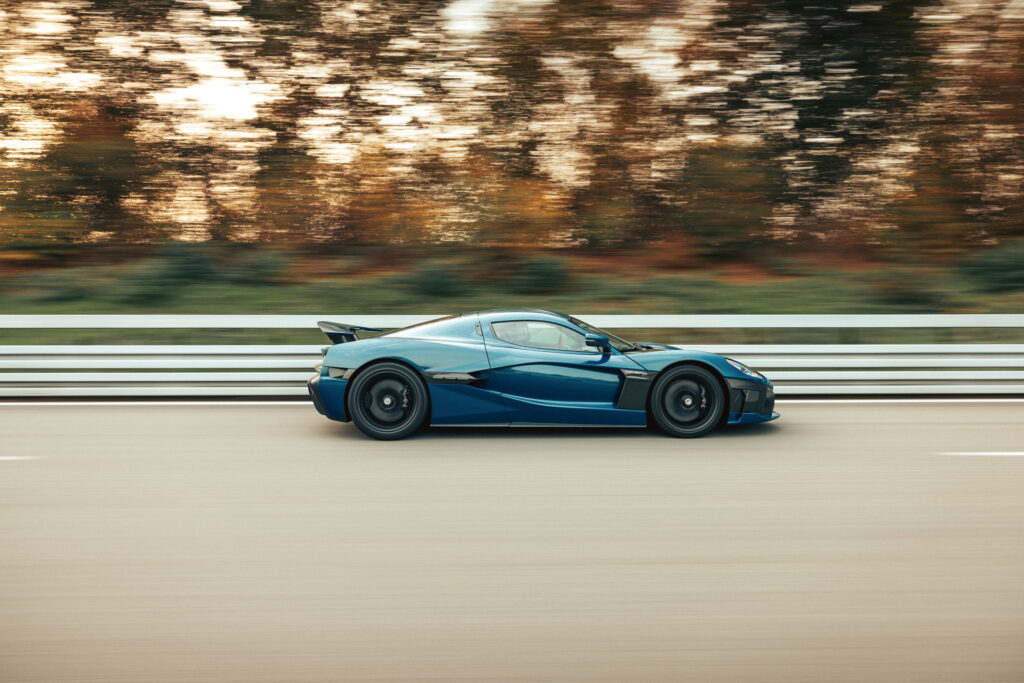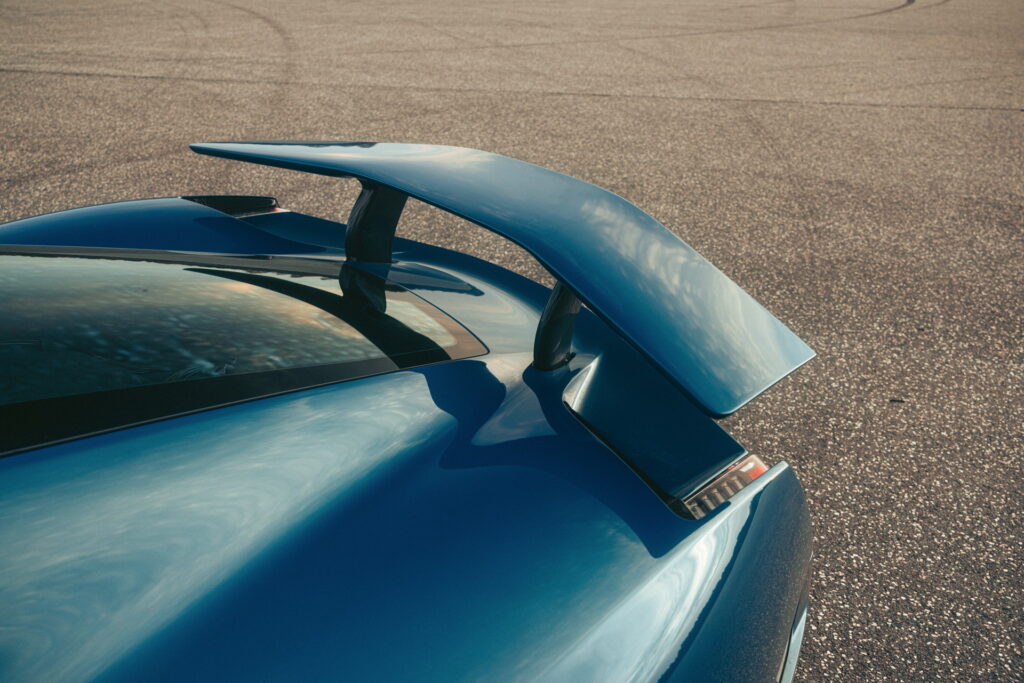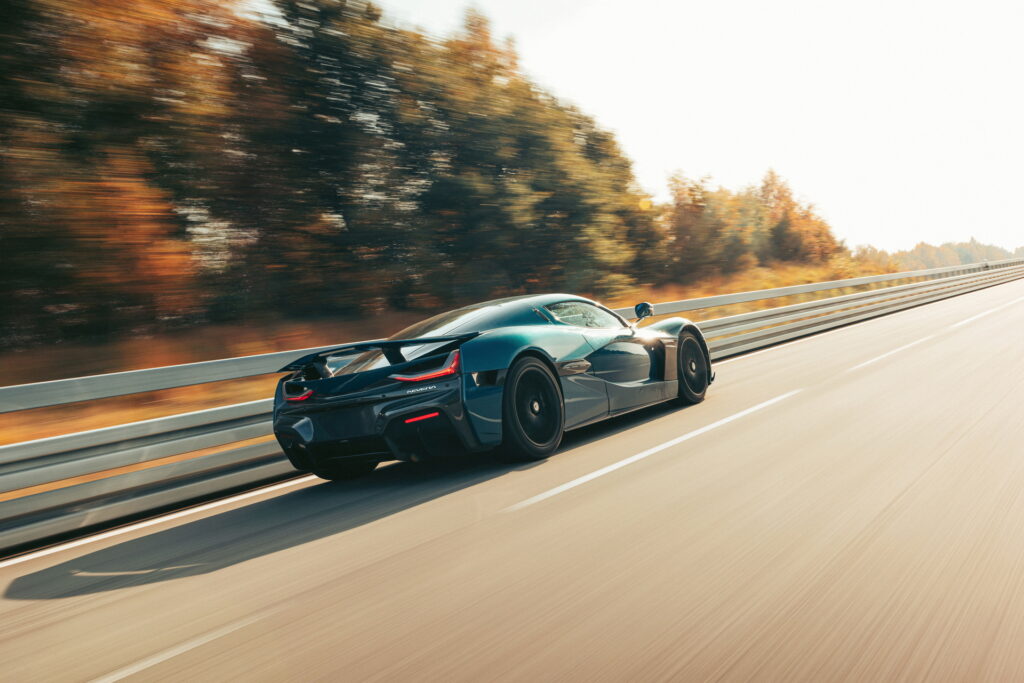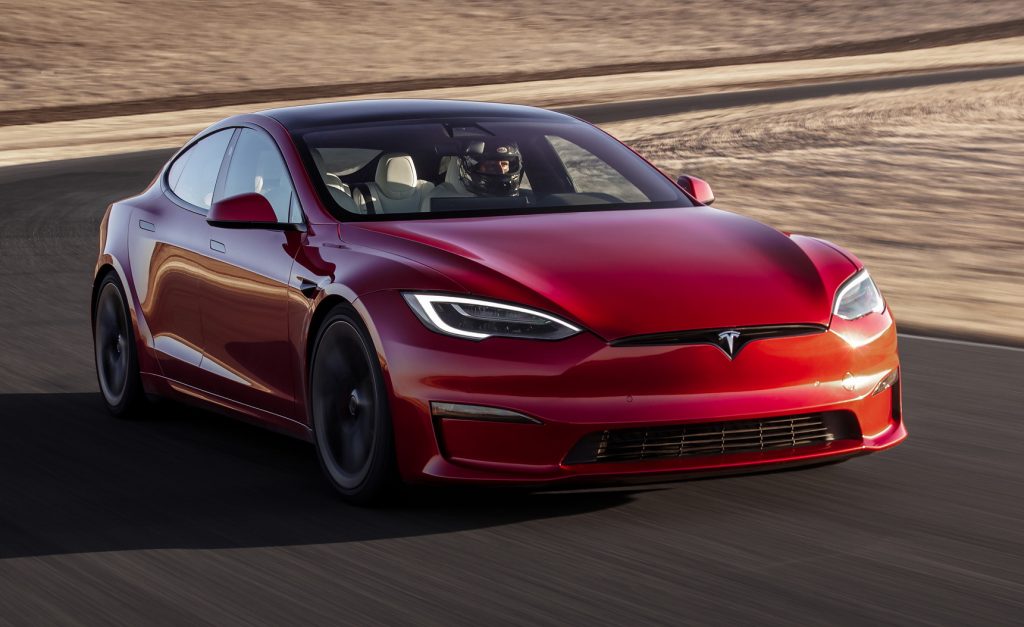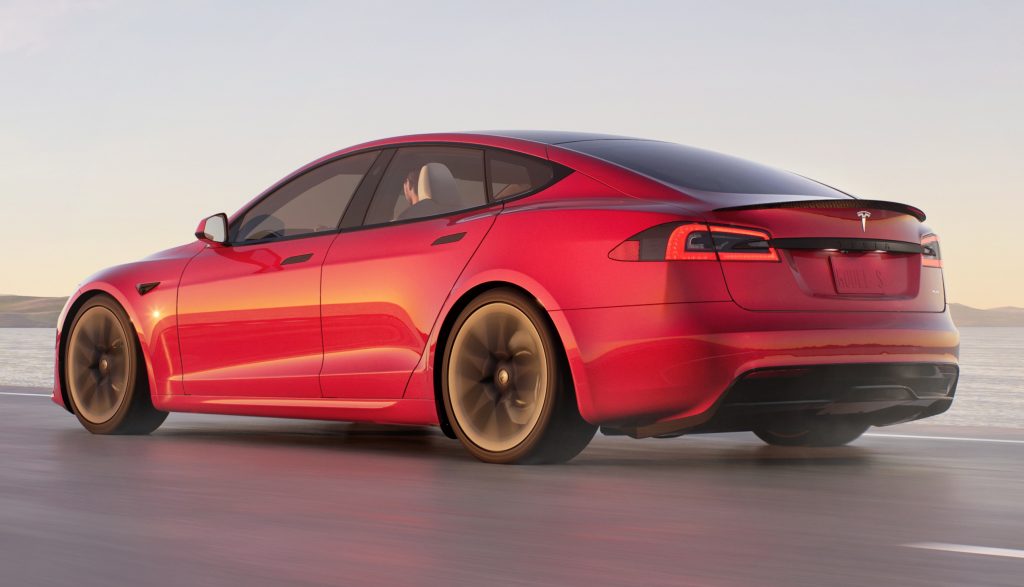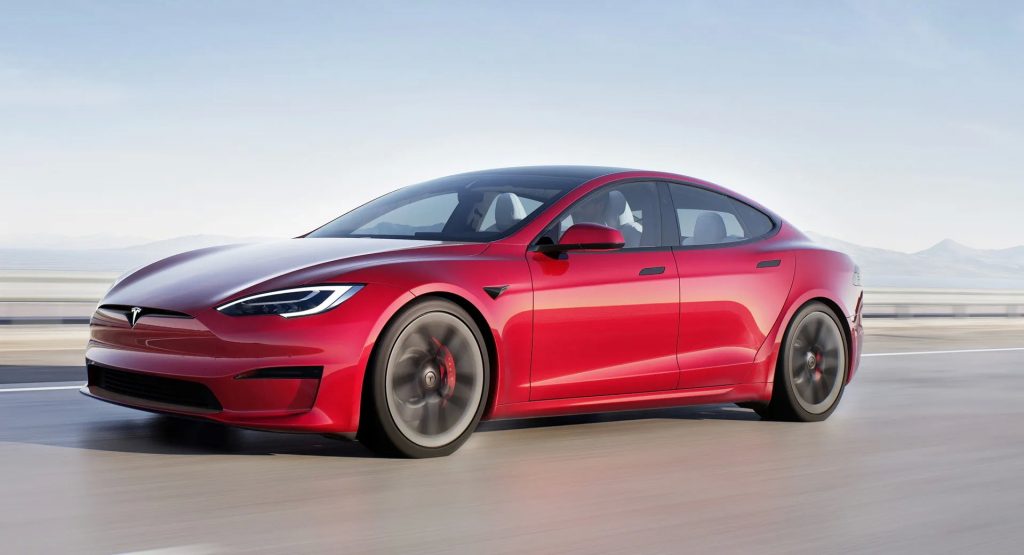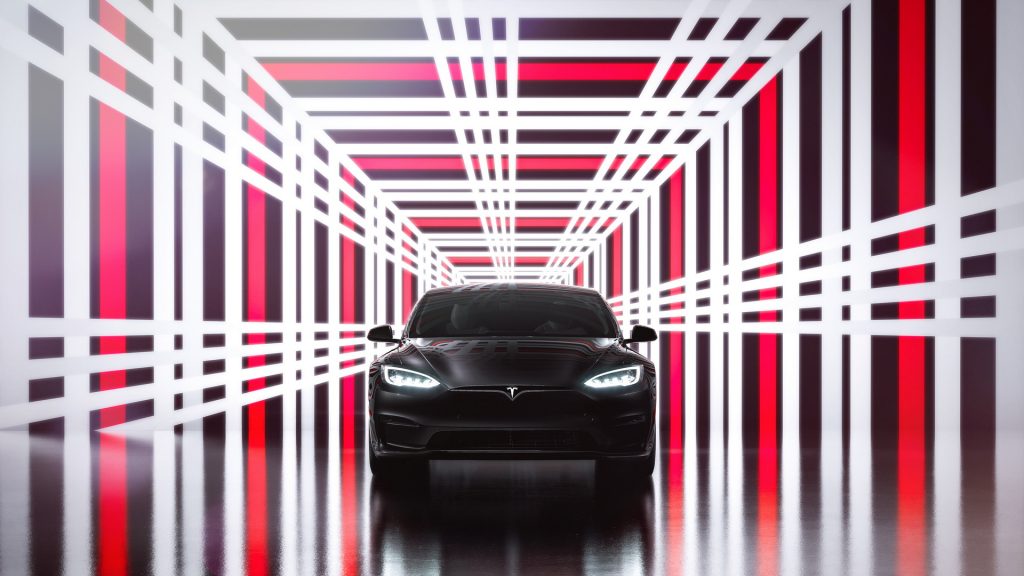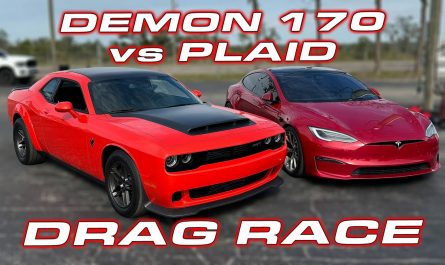These Are The Only Cars That Go Sub-two To 60 MPH Like The Dodge Challenger SRT Demon 170
Only 3 other automobiles can break the two-second barrier, but none is as quickly or inexpensive as the Demon

The Dodge Challenger SRT Demon 170’s efficiency numbers would be staggering at any value point. If it was a $ten million electric hypercar we’d all nevertheless be acquiring giddy more than its 1.66-second zero to 60 mph (96 km/h) which Stellantis confirmed involves a rollout, and eight.91-second quarter mile instances.
But even much more incredible than these stats, or the truth that they came from a rear-wheel drive automobile with 4 correct seats, is the Challenger’s value-to-efficiency ratio. The 1,025 hp (1,039 PS) Demon 170 charges $96,666, which is not beer funds for most of us, but it is a steal thinking about how significantly efficiency it buys.
Related: 1,025 HP Dodge Challenger SRT Demon 170 Opens The Gates Of Hell
Only 3 other production automobiles either claim, or have been established in independent tests, to be capable of acquiring to 60 mph in much less than two seconds, and two of these automobiles price 20 instances much more than the Dodge. Crucially, none of them has a combustion engine.
Pininfarina Battista – 1.79 seconds – $two.two million
The resurrected Pinfarina’s Battista hypercar is primarily based on the blisteringly quickly Rimac Nevera EV, but it is even faster. The Battista’s 4 electric motors create a combined 1,874 hp (1900 PS) and 1,726 lb-ft (two,340 Nm), and for the duration of tests exactly where the automobile was equipped with Michelin Pilot Sport Cup 2R tires it recorded zero to 60 mph in 1.79 seconds (1.86 seconds to one hundred km/h) and completed the quarter mile in eight.55 seconds.
Like the Dodge’s stats, the Battista’s acceleration numbers had been recorded as they would be in drag racing and exclude 1 ft of roll-out at the start off. American auto magazine record their numbers the very same way, whereas UK mags and most automakers, which includes BMW, Ferrari and Porsche, record their acceleration instances from stationary, which indicates they’re slightly slower.
Rimac Nevera – 1.85 seconds – $two.two million
The Rimac Nevera is fractionally much more strong than its Pininfarina Battista sister, but also slightly slower against the clock. In Rimac guise the quad-motor drivetrain develops 1,888 hp (1,914 PS) and 1,741 lb-ft (two,360 Nm), but the Croatian hypercar demands 1.85 seconds to attain 60 mph (1.97 seconds to one hundred km/h) and eight.six seconds to pass the quarter mile marker. Those instances had been recorded on a higher-friction, prepped surface and exclude 1 ft of roll-out, by the way.
Tesla Model S Plaid – 1.99 seconds – $109,990
Tesla also utilised an extremely sticky drag strip surface and rollout-subtraction to record the 1.99-second zero to 60 mph for its 1,020 hp (1,034 PS), all-wheel drive, tri-motor, Model S Plaid. When Car & Driver tested the the Plaid on normal pavement it necessary two.1-seconds to attain that yardstick and 9.four seconds for the quarter mile, once more omitting 1 ft of rollout, which was calculated to be worth .two seconds.
And there are even much more Plaid caveats: attaining these instances demands the automobile to be in Drag Strip mode, which entails heating the battery to the optimum temperature and can take a number of minutes. By the time you have gone via that malarkey at the stoplights on primary street the minivan that was in the subsequent lane will have disappeared more than the horizon.
So the massive-worth $110k Model Plaid is not very as fast as the Demon 170, but it is nevertheless monstrously quickly, and let’s not neglect that the Dodge’s numbers come with an asterisk as well, since they had been also recorded on a sticky surface, minus the rollout and with the engine operating on E85 fuel. Fill the tank with E10 as an alternative and the energy output falls from 1,025 hp (1,039 PS) to 900 hp (913 PS) and torque drops from 945 lb-ft (1,280 Nm) to 810 lb-ft (1,097 Nm).
Whether the Demon can nevertheless go sub-two to 60 mph in that configuration, Dodge is not saying, but as the only combustion automobile right here we’re fairly confident that a wheelstanding, V8-bellowing zero to 60 mph run in the 170 is a heap much more fascinating than performing the very same in an EV, what ever the stopwatch says.


